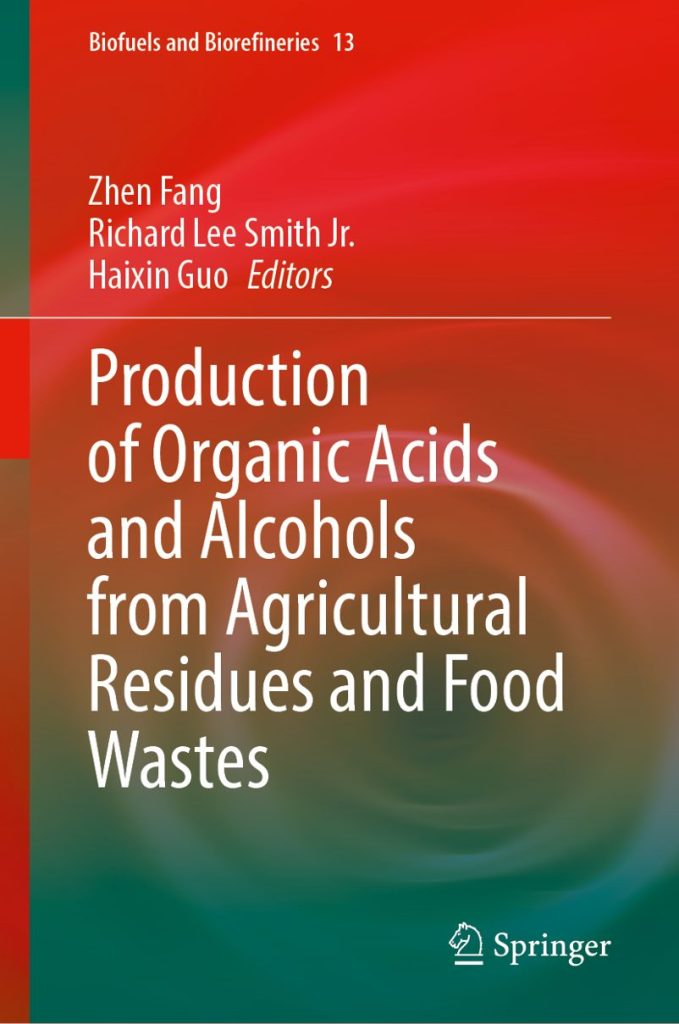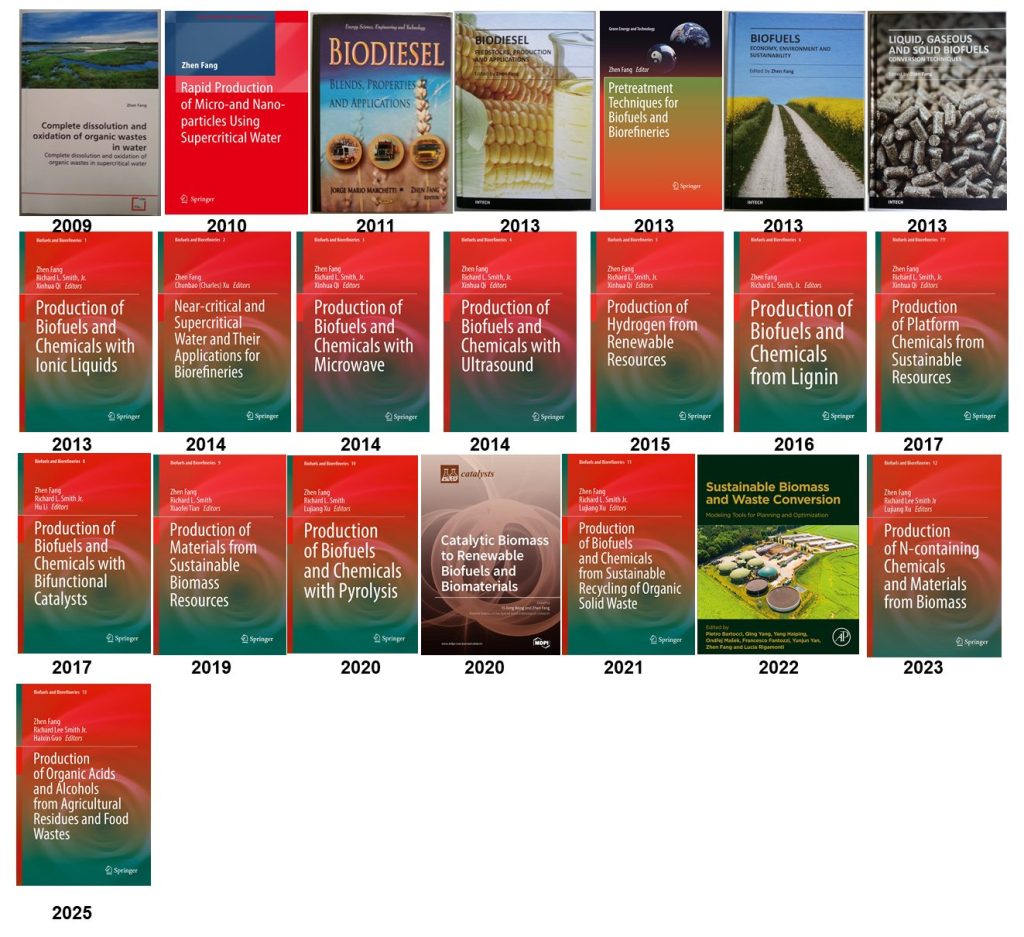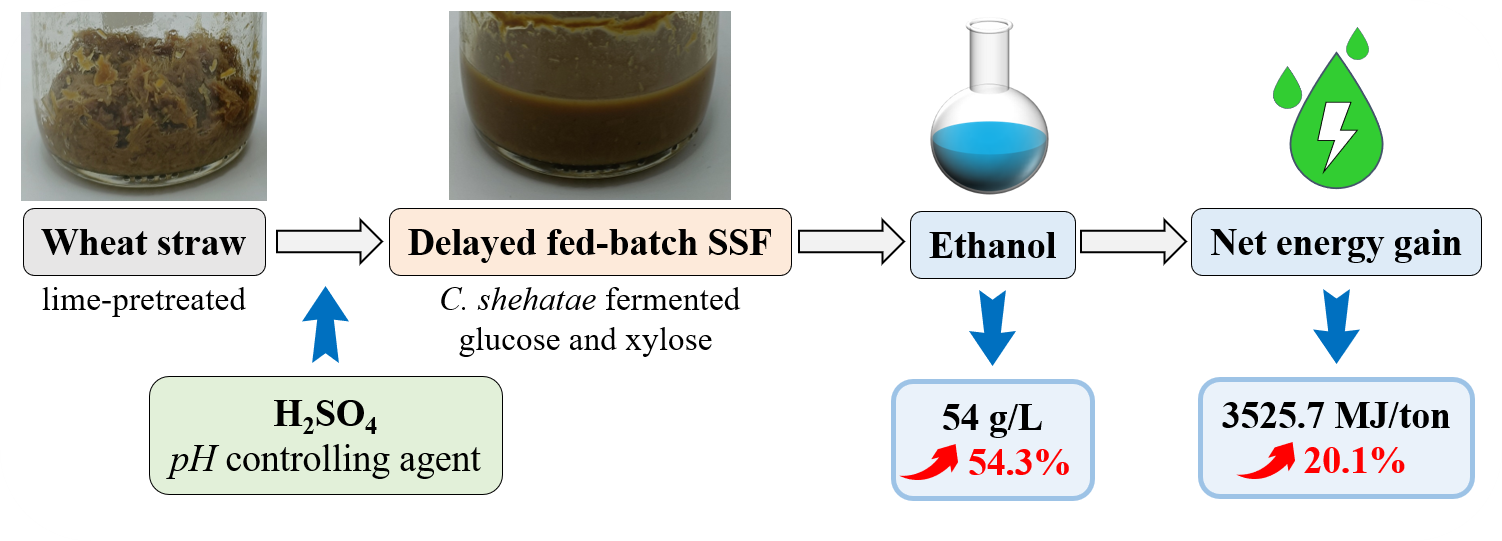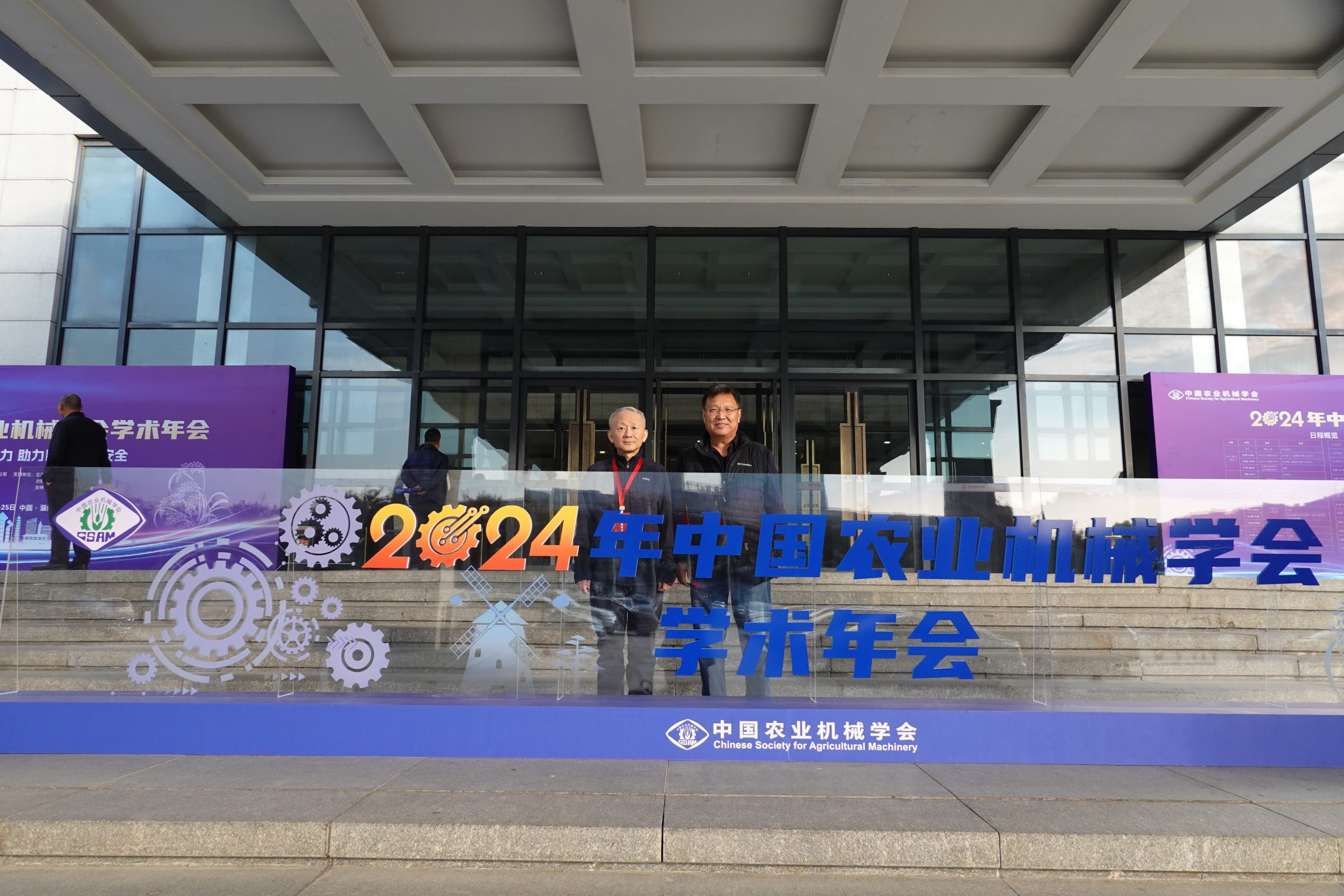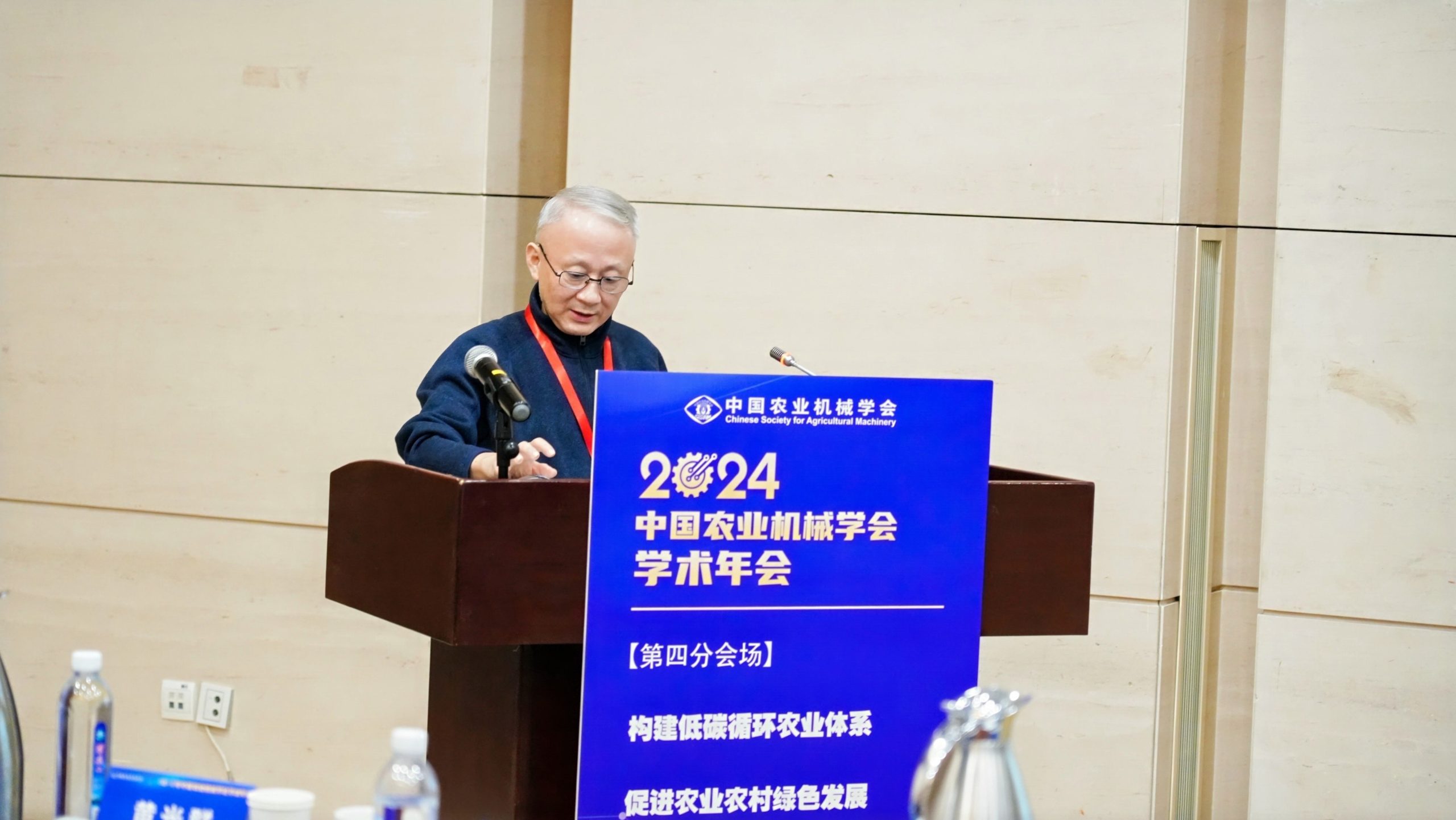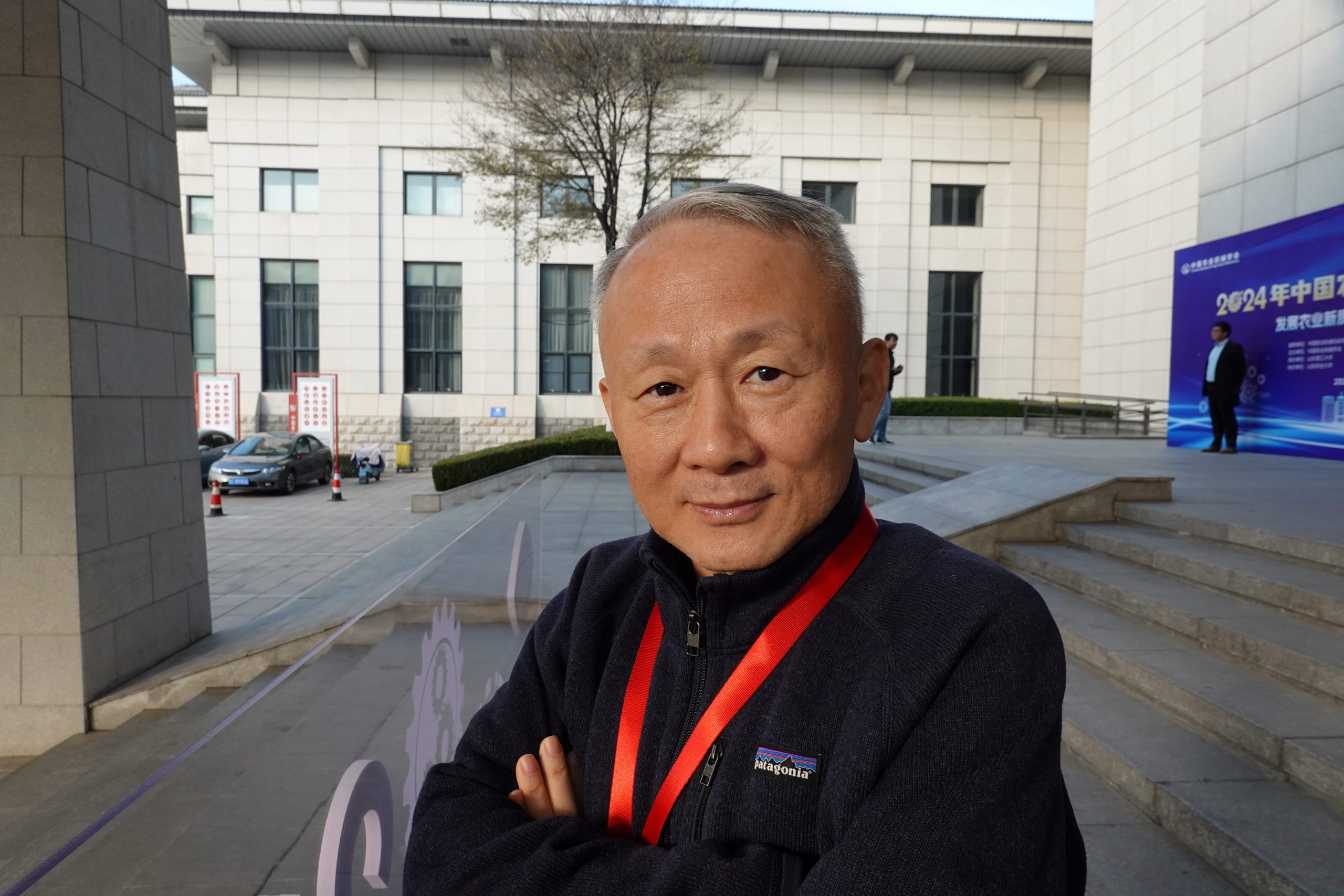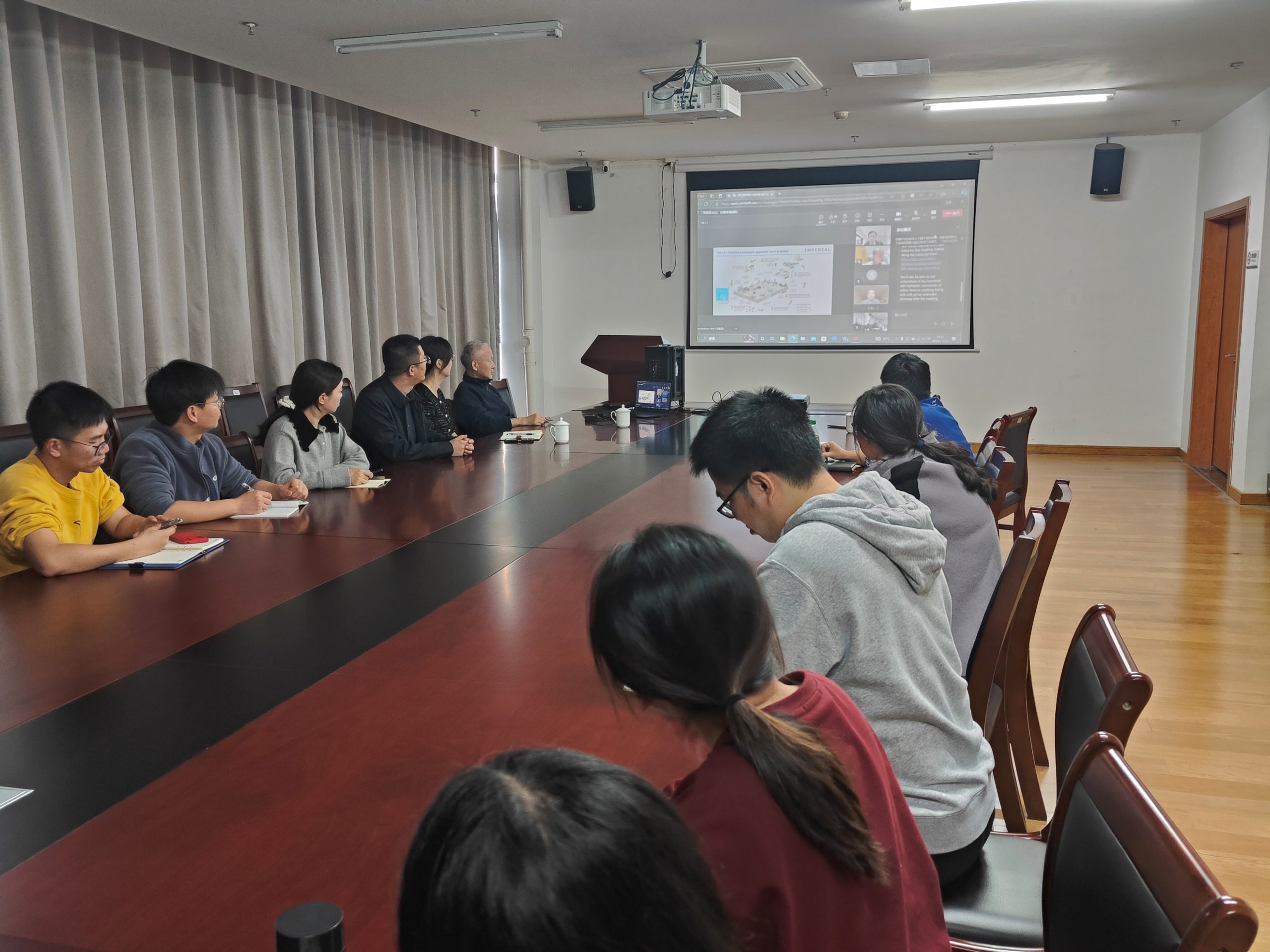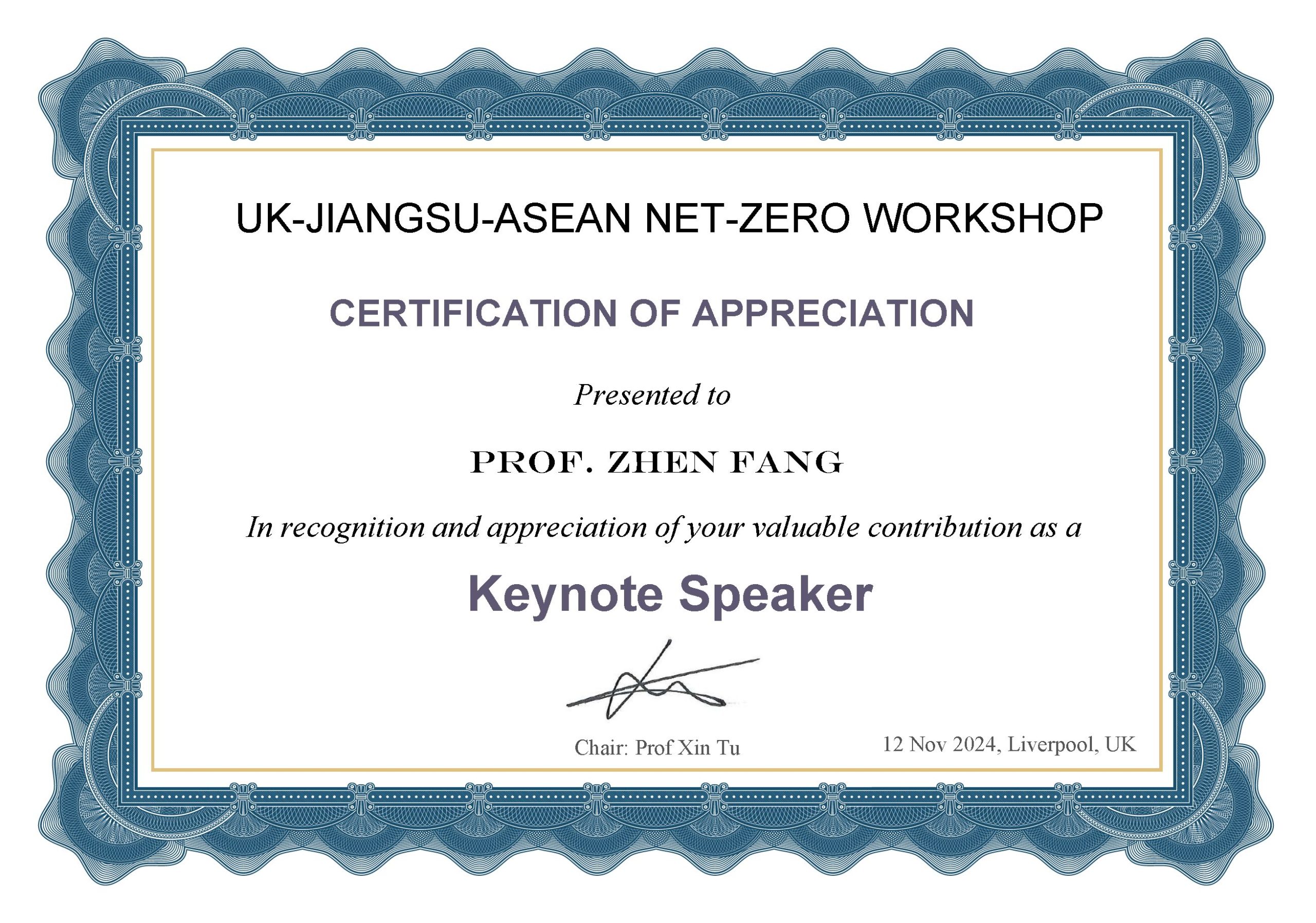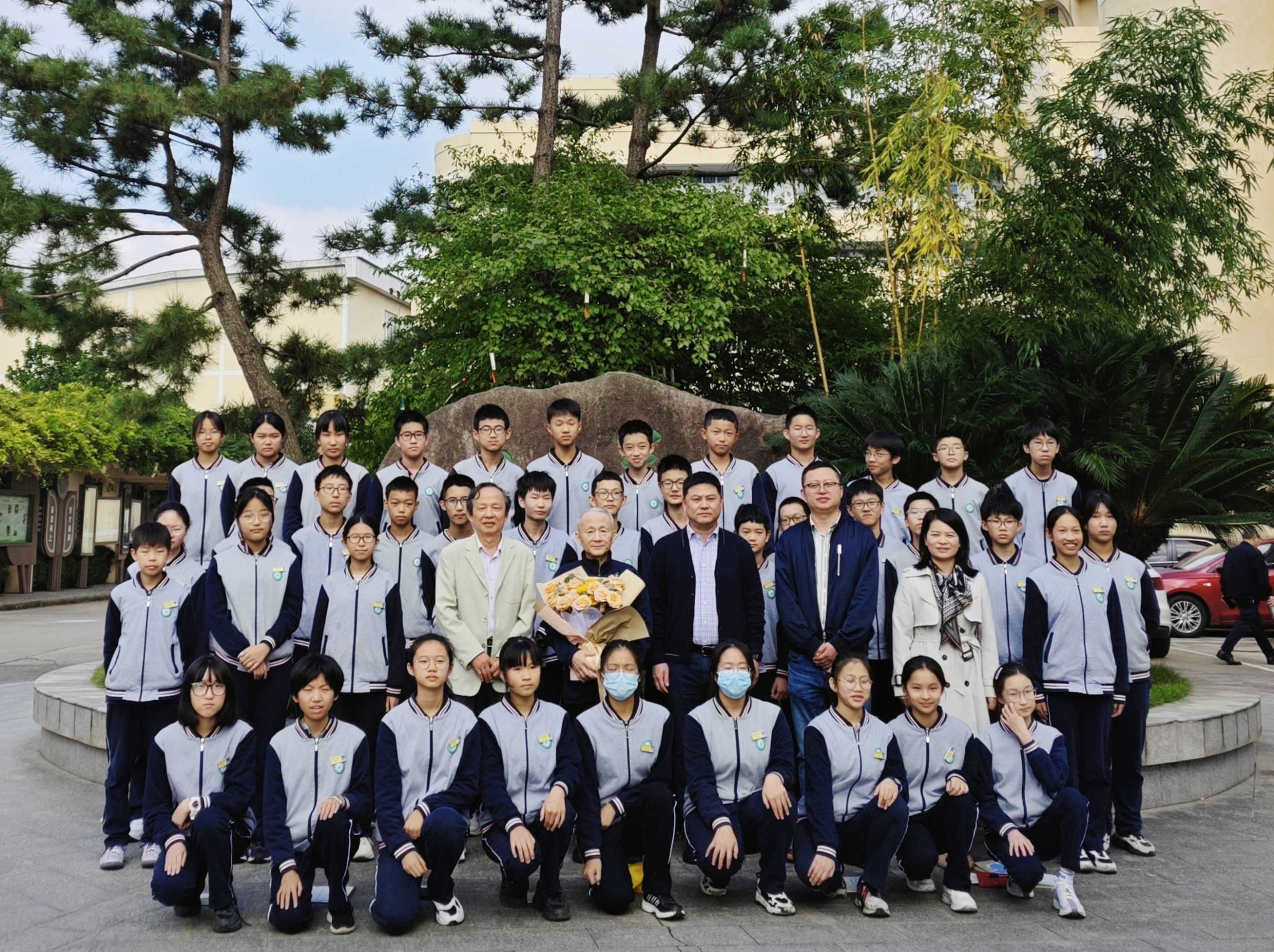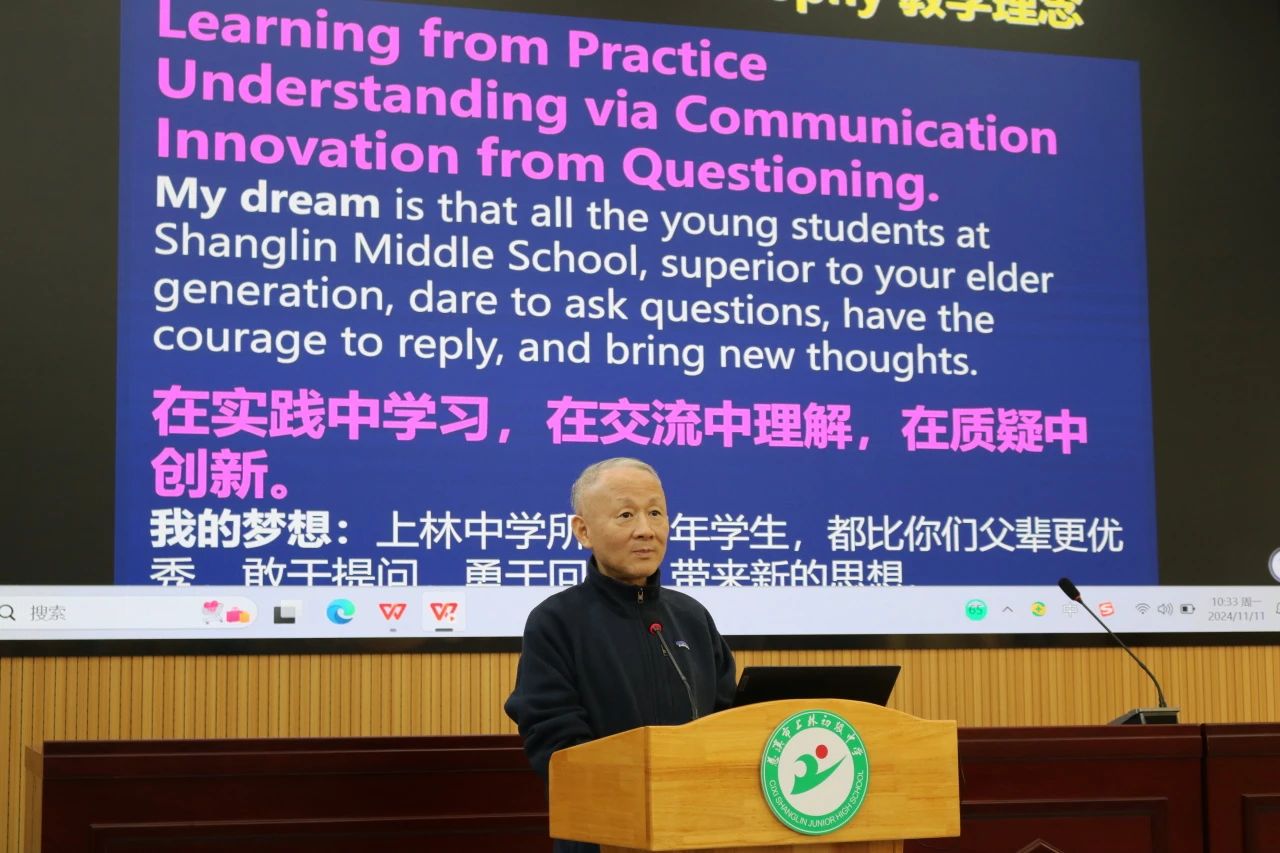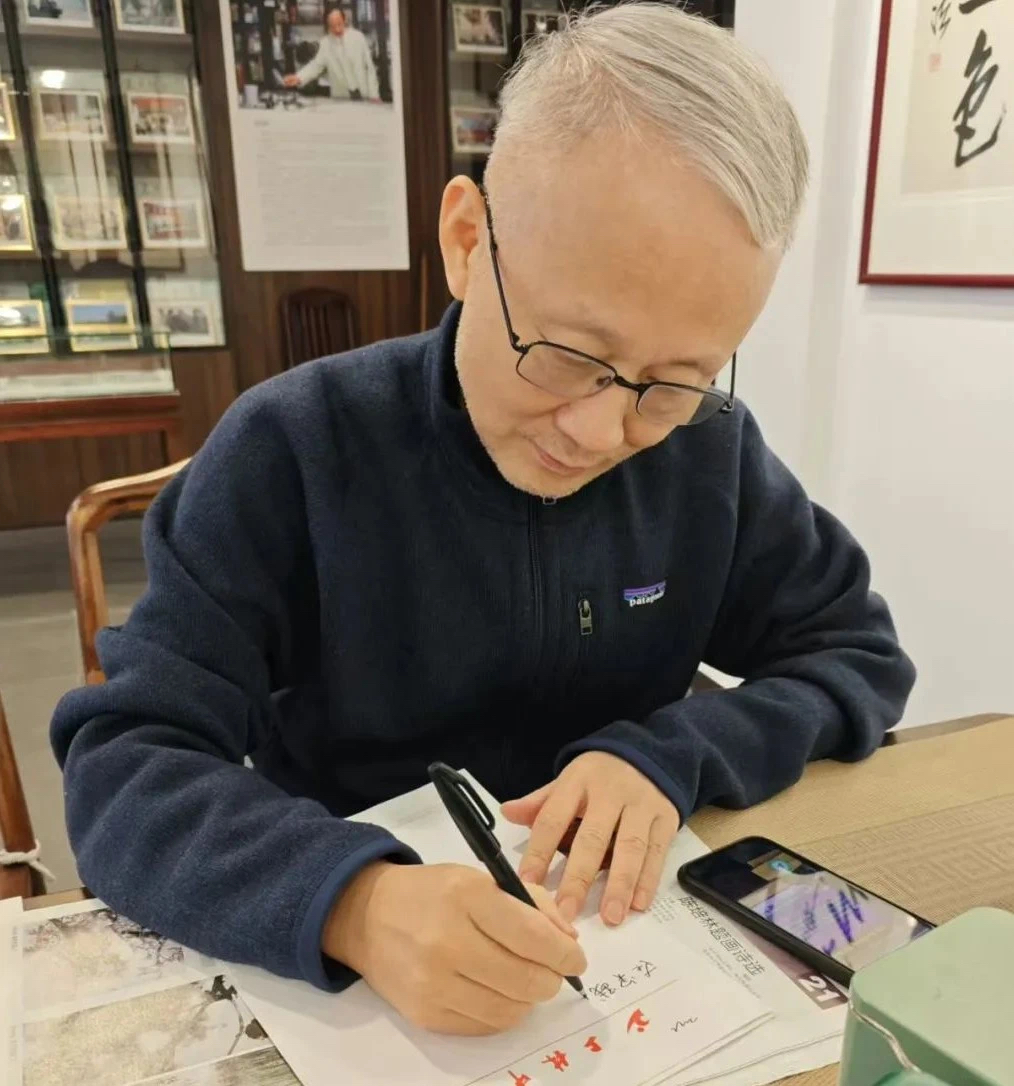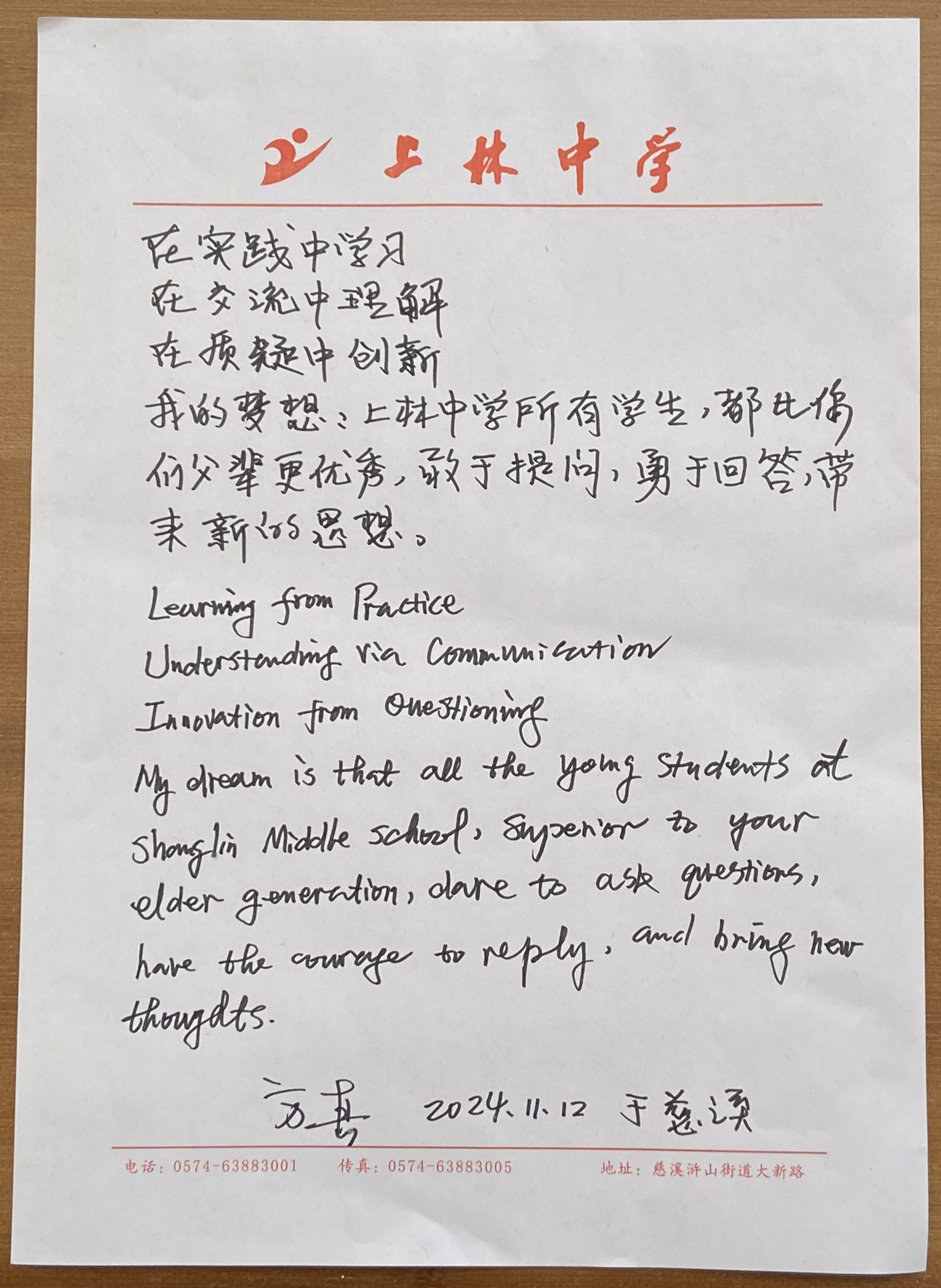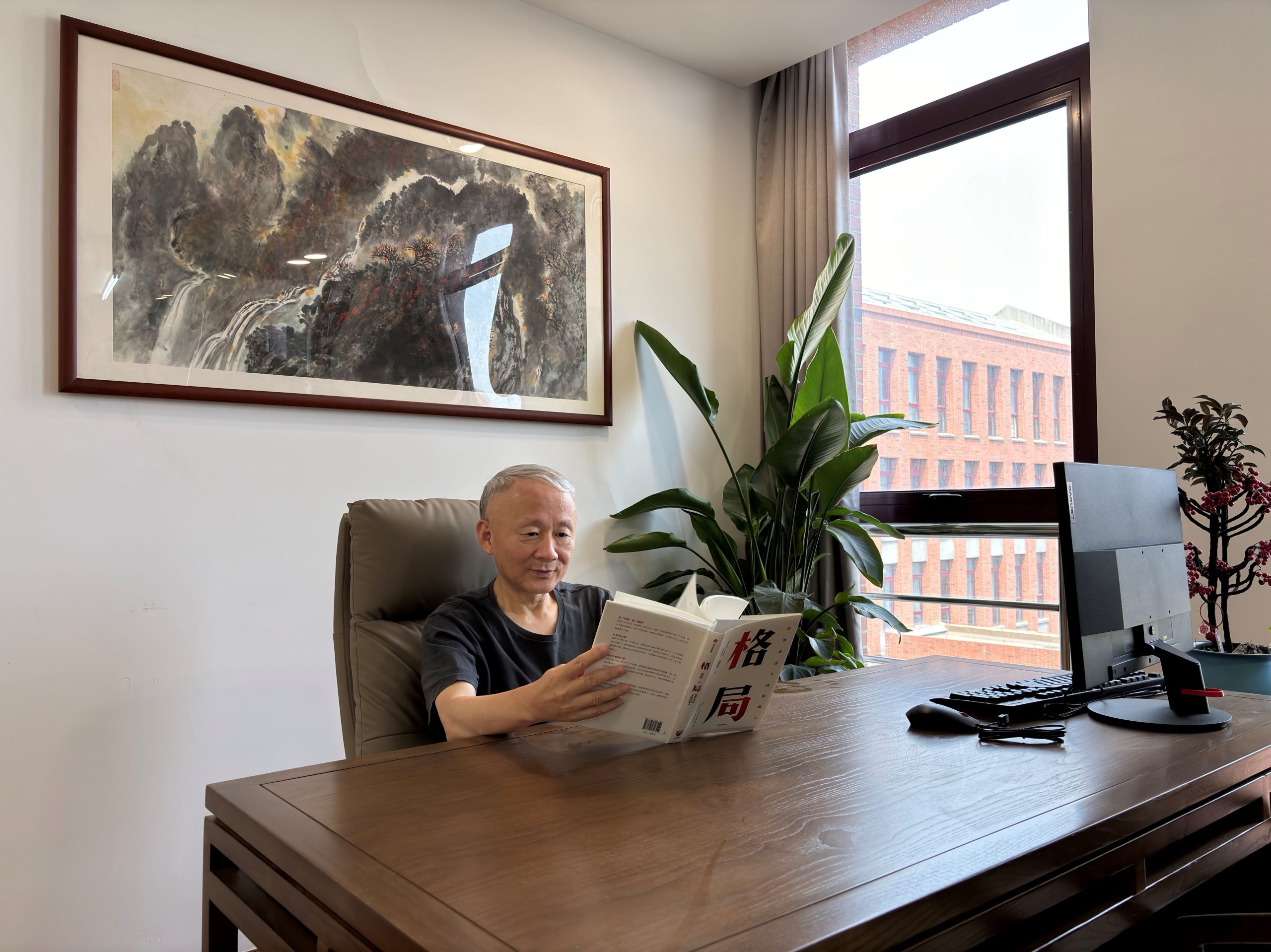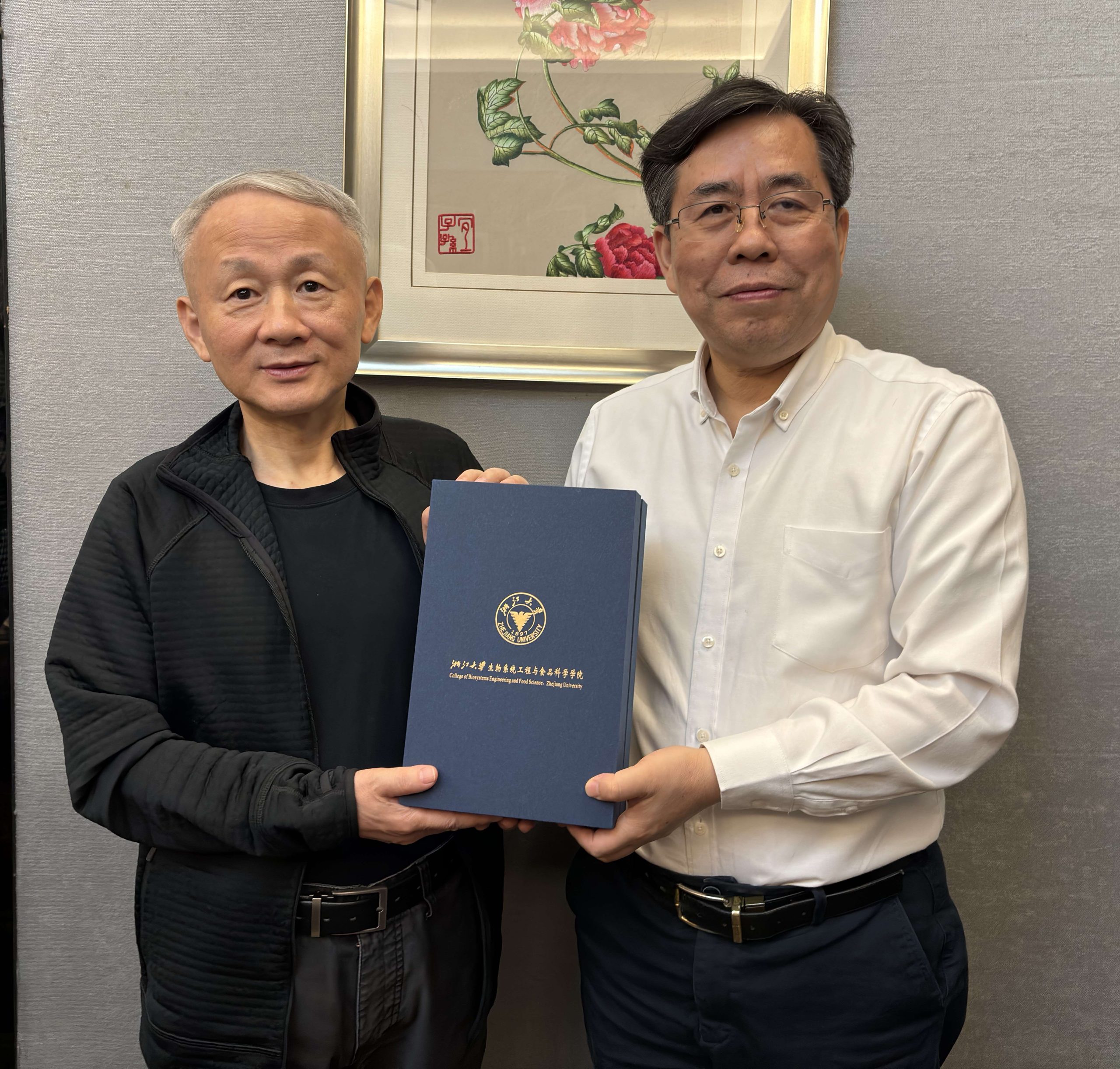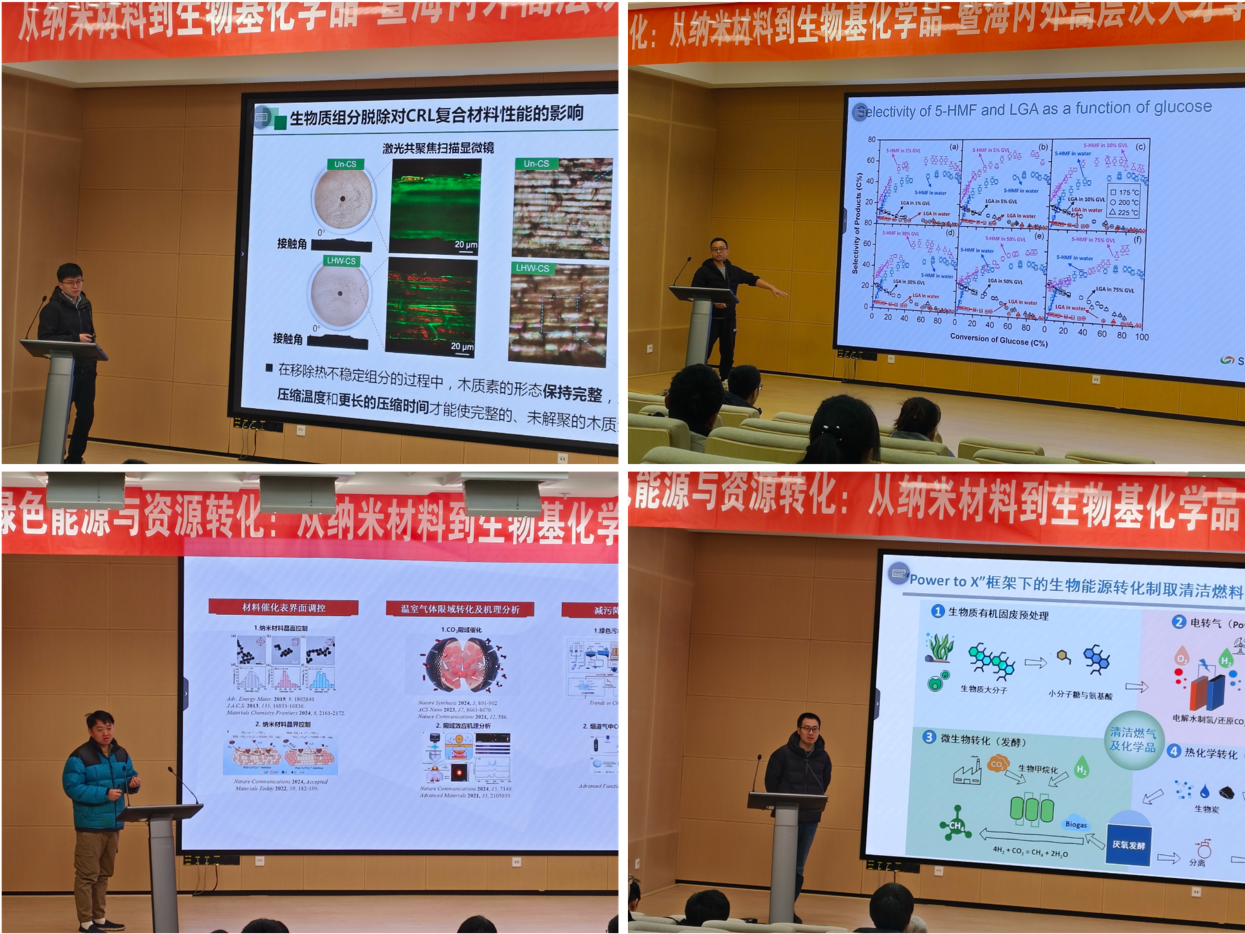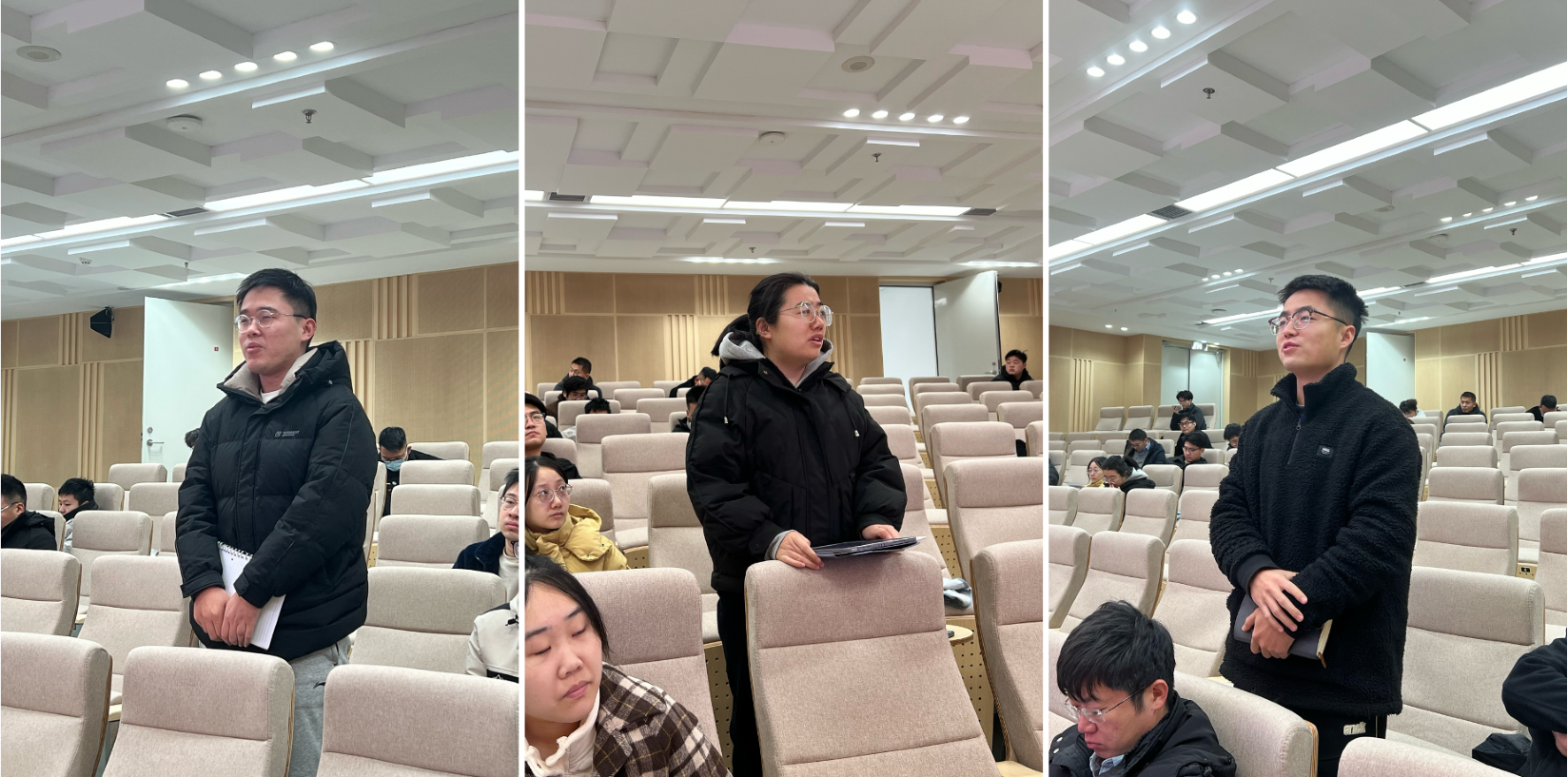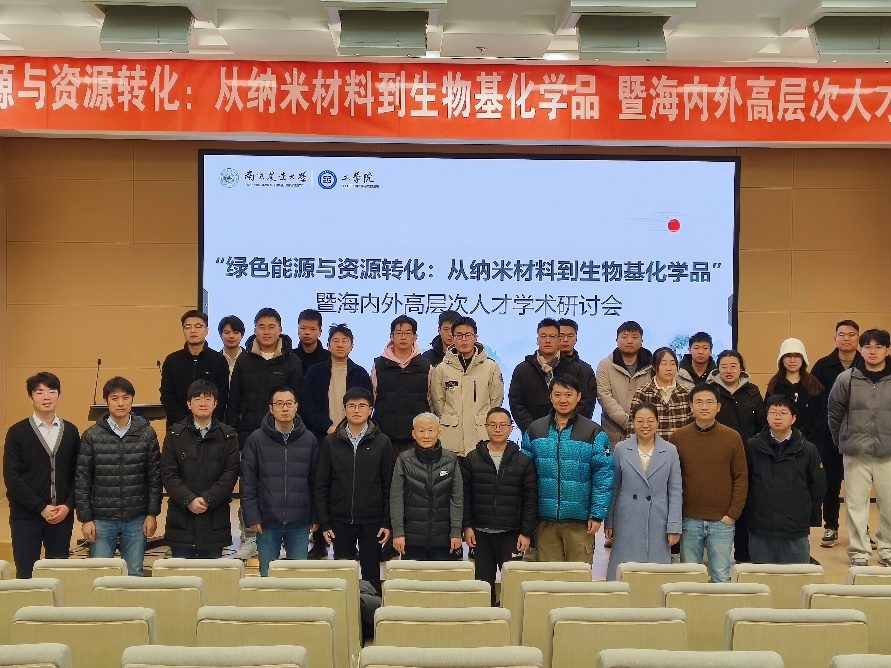快速热解法产糖Non-unified effects of cellulose allomorphs on fast pyrolysis and enzymatic hydrolysis
18 5 月, 2025Non-unified effects of cellulose allomorphs on fast pyrolysis and enzymatic hydrolysis
Recently, master student Miss Hong-Li Ma supervised by Dr. Li-Qun Jiang at Guangdong Academy of Sciences and Prof. Zhen Fang published a research article in Industrial Crops & Products (IF 5.6) about the allomorphs of Cellulose (I–IV) affected the process of cellulose pyrolysis and enzymatic hydrolysis.
Three cellulose allomorphs (celluloses II-IV) were prepared from cellulose I to examine the impact of crystalline structure and degree of crystallinity on cellulose depolymerization in pyrolysis and hydrolysis. It is found that cellulose with higher crystallinity produces higher yield of levoglucosan. Specifically, Celluloses II and III exhibit lower crystallinity index and levoglucosan (LG) yield as compared to Cellulose I and IV. Notably, despite Cellulose IV having a higher crystallinity index than Cellulose I, the differences in crystalline structure and hydroxyl group level lead to a lower levoglucosan yield in pyrolysis. Thermogravimetric kinetics analysis suggests that cellulose with high crystallinity yields more anhydro-sugars through dehydration reactions. Whereas amorphous cellulose predominantly produces lower molecular weight molecules through ring scission reactions. It is found that Cellulose II yields the maximum amount of glucose, while higher crystallinity levels have a negative impact on the sugar yield in general.
Related results were published in Industrial Crops & Products:
HL Ma, FX Xu, YC Zhang, MJ Huang, MF Li, GH Wang, MX Huang, Zhen Fang*, LQ Jiang*, Non-unified effects of cellulose allomorphs on fast pyrolysis and enzymatic hydrolysis, Industrial Crops and Products. (IF 5.6), 230 (2025), 121153. https://doi.org/10.1016/j.indcrop.2025.121153

Celluloses I produced 50.0 wt% LG because of the highest crystallinity, cellulose II achieved the highest glucose yield of 67% in 72 h due to low crystallinity cellulose and loose expanded surface structure. (纤维素I结晶度最高高,产生了50.0 wt%的LG。然而具有低结晶度及疏松表面结构的纤维素II经过72小时酶水解产生了67%的葡萄糖产率)
纤维素异形体对快速热解和酶水解的非统一效应
近期,硕士生马宏莉同学在广东科学院蒋丽群博士和方真教授的指导下,在国际学术期刊Industrial Crops & Products (IF 5.6)发表了一篇关于纤维素异构体(I-IV)影响纤维素热解和酶水解过程的研究性论文。
从纤维素I制备了三种纤维素异构体(纤维素II-IV),以研究结晶结构和结晶度对纤维素在热解和水解过程中解聚的影响。结果发现,具有较高结晶度的纤维素产生较高产量的左旋葡聚糖。具体而言,与纤维素I和IV相比,纤维素II和III显示出较低的结晶指数和左旋葡聚糖产率。值得注意的是,尽管纤维素IV具有比纤维素I更高的结晶度指数,但晶体结构和羟基水平的差异导致热解中更低的左旋葡聚糖产率。热重动力学分析表明,高结晶度的纤维素通过脱水反应产生更多的脱水糖,而无定形纤维素主要通过开环反应产生较低分子量的分子。纤维素II产生最大量的葡萄糖,而较高的结晶度水平通常对葡萄糖产量有负面影响。
结果发表在Industrial Crops & Products:
Related results were published in Industrial Crops & Products:
HL Ma, FX Xu, YC Zhang, MJ Huang, MF Li, GH Wang, MX Huang, Zhen Fang*, LQ Jiang*, Non-unified effects of cellulose allomorphs on fast pyrolysis and enzymatic hydrolysis, Industrial Crops and Products. (IF 5.6), 230 (2025), 121153. https://doi.org/10.1016/j.indcrop.2025.121153
